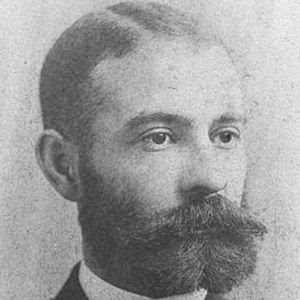 |
| Image Source: CBSNEWS link below |
Topics: Commentary, Economy, Futurism, Money
noun
a current medium of exchange in the form of coins and banknotes; coins and banknotes collectively.
"I counted the money before putting it in my wallet"
synonyms: cash, hard cash, ready money; More
formal
sums of money.
plural noun: moneys; plural noun: monies
"a statement of all moneys paid into and out of the account"
the assets, property, and resources owned by someone or something; wealth.
"the college is very short of money"
synonyms: wealth, riches, fortune, affluence, assets, liquid assets, resources, means
"she married him for his money"
Money means more than the coin, paper or plastic to acquire goods and services. Money is linked to complex emotions, feelings and behaviors. Each person has "money messages" that are based on past experiences, what you observed and what you were taught. These money messages reflect the attitudes, perceptions and expectations that influence your financial behaviors today.
Money, money, money, money, money [6x]
Some people got to have it
Some people really need it
Listen to me y'all, do things
Do things, do bad things with it
You wanna do things, do things
Do things, good things with it
Talk about cash money, money
Talk about cash money
Dollar bills, yall
The O'Jays: "For the Love of Money"
One of the more preposterous things Trekkies/Trekkers accept is the notion put forth that humankind somehow evolved beyond the need for money (noted exception given to the fictional Feringi). That would solve a myriad of problems: greed, hierarchy, the military-industrial-complex, outsourcing, the prison-industrial-complex, poverty, etc.
A large part of that stems from one of the key the faux technologies: teleportation and matter replication. A propulsion method like Warp Drive wouldn't change minds and hearts, neither would the advent of Vulcans (as the initial motivations of the fictional Dr. Zefram Cochrane were hardly altruistic). The ability to speak to what amounts to either a Genie or 3D printer on steroids and get what you want (see: "Tea, Earl Grey") would put us immediately beyond our paltry rating by Carl Sagan as a 0.7 rating on the Kardashev scale. Any such liberating technology - like green tech, solar energy and wind - would likely be opposed vigorously by the "powers that be" whose progenitors made their family wealth on the fossilized deaths of ancient rain forests and dinosaurs.
Rather than violating the Heisenberg Uncertainty Principle (a quote: "How do your Heisenberg Compensators work?" Answer from script writer: "very well, I might add"), we should demand and give new meaning to this replacement for barter; this representation for resource; this excuse for hierarchy and presumed omnipotent powers to humans that put their skirts and pants on with the same physics we all do: just with servants that have also bought into the myth of their divinity. I'm sure with dinosaurs, their economy had to do with size, muscle and teeth, all reduced by meteor to another form of their energy we pay for at the pump.
Rather than alchemical transmutations of matter, we all need to change what we've given so important a meaning in our lives as a species.
CBSNEWS: The Secret Meaning of Money, Mark Jaffe
Money Ed: The Meaning of Money












